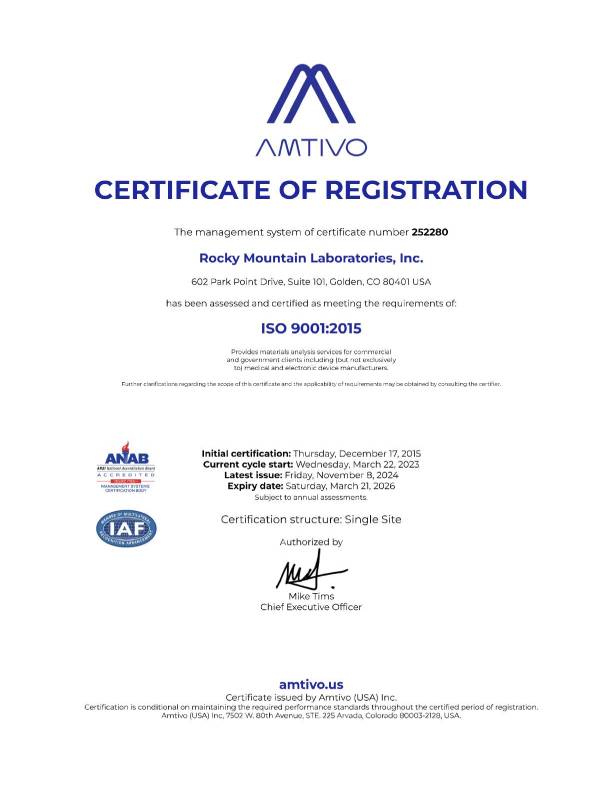In Fourier Transform Infrared (FTIR) spectroscopy, the source frequency and the frequency observed by the detector are related through the process of interferometry. Let’s break down the key concepts:
- Source Frequency:
- The source in an FTIR spectrometer typically emits a broad range of infrared frequencies. This source is usually a thermal emitter, such as a globar or a heated filament.
- The emitted infrared radiation contains a range of frequencies, covering the entire spectral region of interest.
- Interferometry Process:
- In FTIR, interferometry is employed to obtain the infrared spectrum. This involves the use of an interferometer, commonly a Michelson interferometer.
- The interferometer creates an interferogram by modulating the optical path length of one of the arms. This modulation causes the incoming infrared radiation to interfere, creating an interference pattern.
- Detector Frequency:
- The interferogram obtained is a time-domain signal, and the frequency information is not directly apparent in this form.
- To convert the interferogram into a frequency-domain spectrum, a mathematical operation called Fourier transformation is performed. This transformation extracts the frequency information from the interferogram.
- Wavenumber or Frequency Scale:
- The resulting spectrum is typically presented in wavenumbers, which are the reciprocal of the wavelength, measured in cm⁻¹.
- The wavenumber scale is related to the frequency scale. Wavenumber (ν̄) is the frequency divided by the speed of light (c): ν̄ = (1/λ) * c.
The source frequency is the broad range of infrared frequencies emitted by the source in the FTIR spectrometer. The interferometry process creates an interferogram that contains information about the interference pattern of the emitted frequencies. The detector, through Fourier transformation, converts the interferogram into a frequency-domain spectrum, which is typically presented in wavenumbers. The wavenumber scale is related to the frequency scale, and it represents the spectral information observed by the detector.



